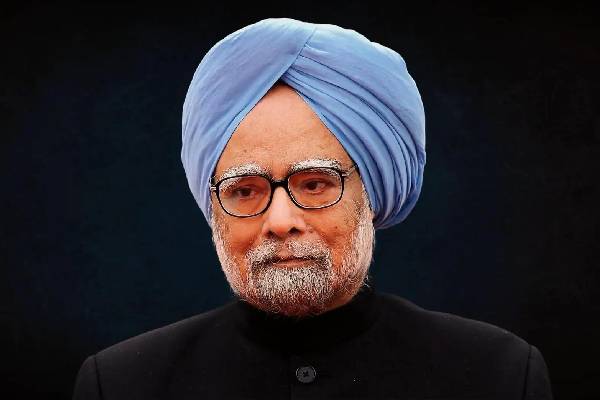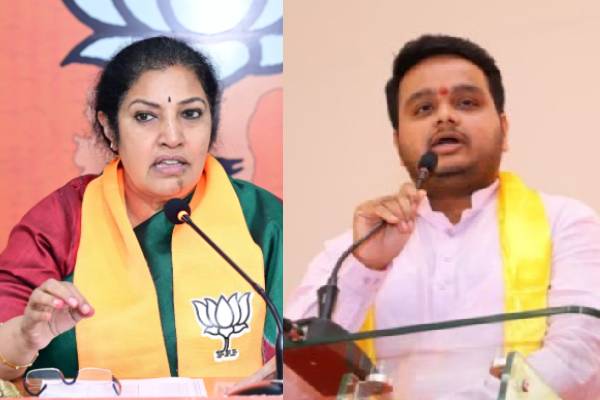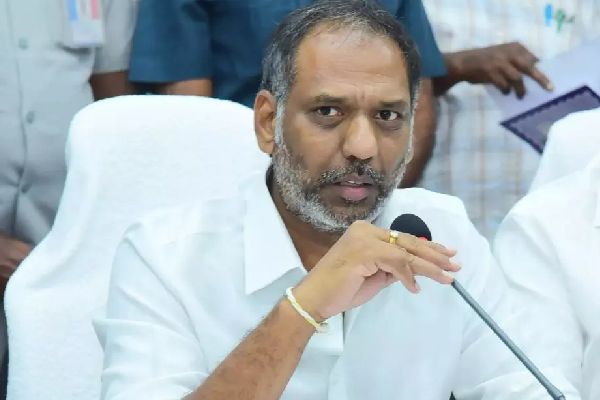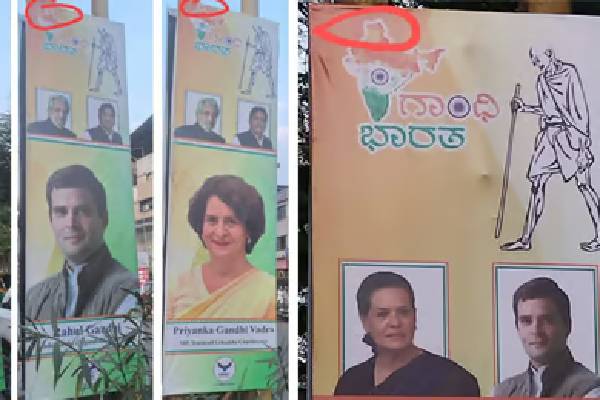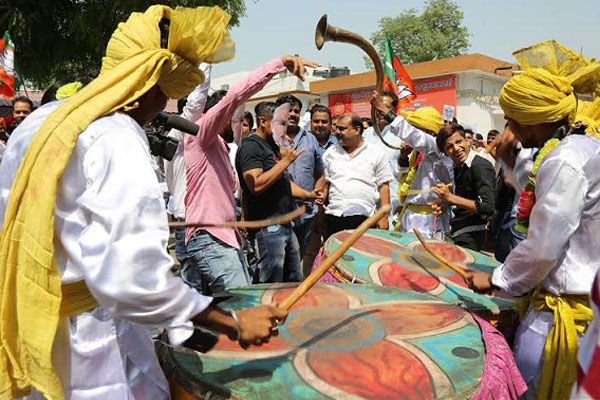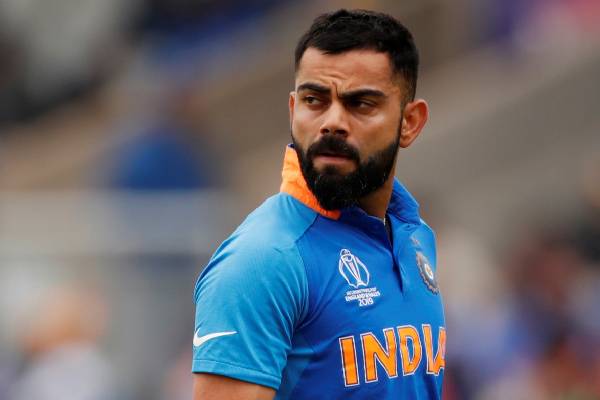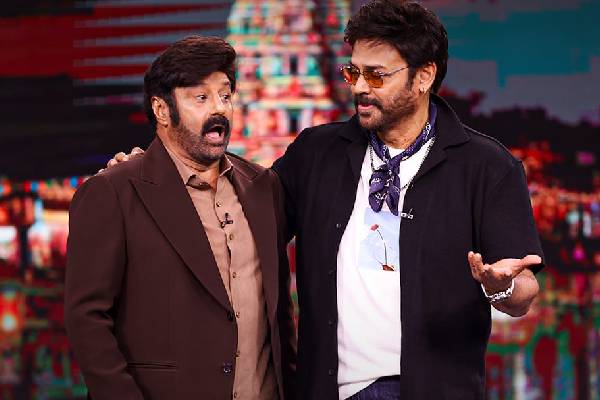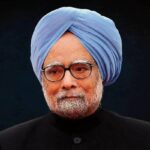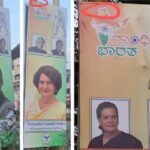The Bharatiya Janata Party (BJP), which created history by winning Assam for the first time, has consistently grown its vote share in that state from 1% in 1985 to 29.5% in 2016.
Outside Assam, the BJP won four of 607 seats it contested—of 698 assembly constituencies—across Kerala, West Bengal, Tamil Nadu and Puducherry. But its vote share rose in Kerala, from 4.75% in 2006 to 10.5% in 2016; in West Bengal, from 1.93% in 2006 to 17% in 2016. The rise in vote share in Tamil Nadu is insignificant, from 2% in 2006 to 2.8% in 2016.
More than 12 years after Manmohan Singh began his first term as Prime Minister, under the United Progressive Alliance (UPA), the Congress has lost six states. The 131-year-old party now directly governs about 190 million Indians, or 15% of the population, down from 270 million, or a quarter of the population, in 2004. With the Assam victory, the BJP now governs 12 states with 520 million Indians, or 43% of the population, up from 216 million (21%) in 2004.
When we refer to BJP- and Congress-ruled states, we include those states where both parties are part of a coalition government. For the BJP, that includes Andhra Pradesh, Jammu & Kashmir and Punjab; for the Congress, Bihar.
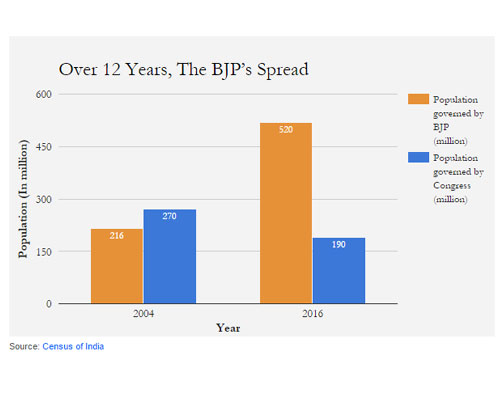
Congress gets 31% of vote in Assam—more than the BJP—but it contested more seats
Electoral data show that in Assam, the BJP had a vote share of 36.9% in the 2014 Lok Sabha elections, but this was across all 126 assembly constituencies. The party contested no more than 89 assembly constituencies in the recently concluded assembly elections.
The Congress had a larger vote share, 31%, in the 122 assembly constituencies it contested in Assam. Since the BJP got 29.5% of the vote in 89 assembly constituencies, it emerged as the largest party by winning 60 of those seats, three short of a simple majority, unseating the Congress government, which held sway for 15 years.
The BJP’s vote share has fluctuated in Assam, declining between the last two assembly elections as well, from 12% in 2006 to 11.5% in 2011, before rising to 36.9% on the back of the Narendra-Modi wave in 2014.
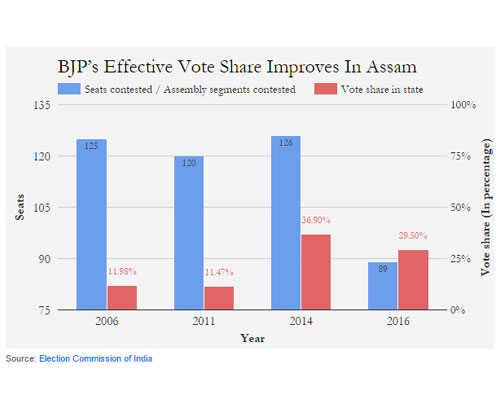
In West Bengal, BJP vote share goes from 1.93% to 10.2% in 10 years
Despite a recent apparent fall in vote share, from 17.02% in 2014 to 10.2% in 2016, the BJP entered the West Bengal assembly for the third time, winning three seats–its best. It had won its first-ever assembly seat in a 1999 bye election, and second one in a 2014 bye election.
The BJP contested 41 seats in the 2014 general elections (out of 42), won 17% votes of the Bengal electorate, and won two Lok Sabha seats. Its electoral performance deteriorated in 2016, with vote share dropping from 17% to 10.2%, contesting 291 seats. However, the BJP’s vote share in West Bengal grew from 1.93% in 2006 to 17% in the 2014 Lok Sabha elections.
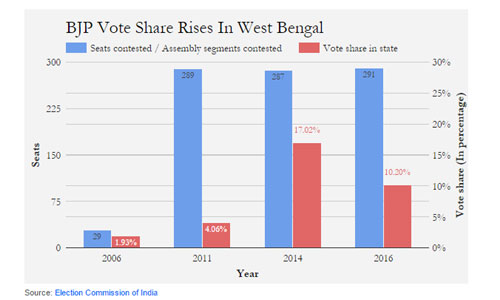
First gains for the BJP in Kerala as vote share rises
The BJP won one seat in the 140-member Kerala assembly, its first ever in that state, with a 10.5% share of votes in the 98 assembly constituencies it contested, rising from 4.75% in 136 constituencies it contested in 2006.
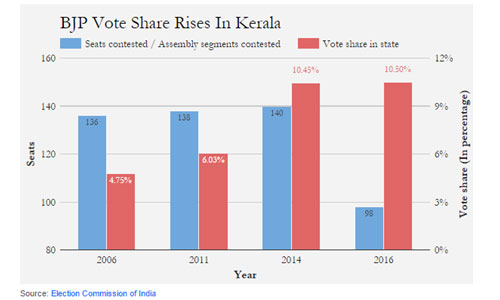
The BJP got 10.5% of the vote in Kerala during the 2014 general elections, its largest ever. In 2016, the BJP achieved the same vote share, although the party contested no more than 98 seats; the 2014 vote share came across 140 assembly segments.
Tamil Nadu voters unimpressed by the BJP
Tamil Nadu voters remained indifferent to the BJP, with no more than 2.8% voting for the party, compared to 2.02% in 2006.
The BJP’s vote share in Tamil Nadu fell to 2.8% from the 5.56% it garnered in the 2014 Lok Sabha election.
By contesting just nine seats in the 2014 Lok Sabha elections (across 54 assembly constituencies), the party won 5.56% of votes. Contesting 188 assembly constituencies in 2016, the BJP got no more than 2.8% of votes.
Congress rules less than 15% of Indians now
From controlling 13 states in 2004, the Congress is now down to one large state, Karnataka, another large state as smallest coalition partner, Bihar, and six smaller states—three from the North East: Manipur, Mizoram and Meghalaya; two from the north, Himachal Pradesh and Uttarakhand; and the Union territory of Puducherry.
The Congress now directly rules about 190 million Indians, down from 270 million in 2004.
The BJP has taken over as the leading national party. From governing six states in 2004—when Atal Bihari Vajpayee’s NDA government lost power—the party governs, including Assam, 12 states today. Its state governments govern 520 million Indians, up from 216 million in 2004.
Congress wins most votes, loses power in Assam; vote share up in WB
The Congress has consistently attracted more than 30% of the vote in Assam since 2006. The recent elections were no exception.
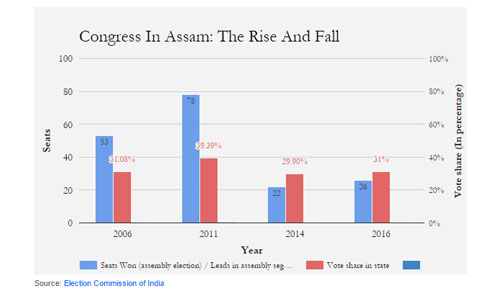
The Congress’ vote share in Assam slipped from 39.4% in 2011 to 29.9% in the 2014 general election. It has now inched up to 31% in 2016.
The Congress lost a fourth of its support base to the BJP over five years, but maintains a third of the Assamese vote.
In West Bengal, the Congress showed a marginal improvement, winning 44 seats in the 294-member assembly, against 42 seats in the last term, with an improved vote share of 12.3% against 9.09% in 2011.
Compared to the BJP, which contested 291 seats, garnered 10% votes and won three seats, the Congress contested a third of the seats (92) and garnered 12.3% of the vote, winning 44 seats.
Vote share at 34-year low in Kerala, consolation in Tamil Nadu for Congress
In Kerala, the Congress got 23.7% of the vote, the lowest in 34 years.
Despite garnering 31.47% of votes and winning eight of the 15 parliamentary seats it contested during the 2014 Lok Sabha elections, the Congress now has no more than 22 members (down from 38) in the 140-strong assembly.

In Tamil Nadu, the vote share of the Congress increased marginally, from 4.37% in 2014 to 6.4% in 2016. It peaked at 15% during the 2009 general elections, when the Congress won 206 seats across the country.
Although the party could not repeat its performance of 2006, when it won 34 of the 48 constituencies it contested, the Congress vote share rose from 4.37% in the 2014 Lok Sabha (when it contested every seat) to 6.4% in 2016 (when it contested a sixth of seats—41) in alliance with the Dravida Munnetra Kazhagham (DMK).





















